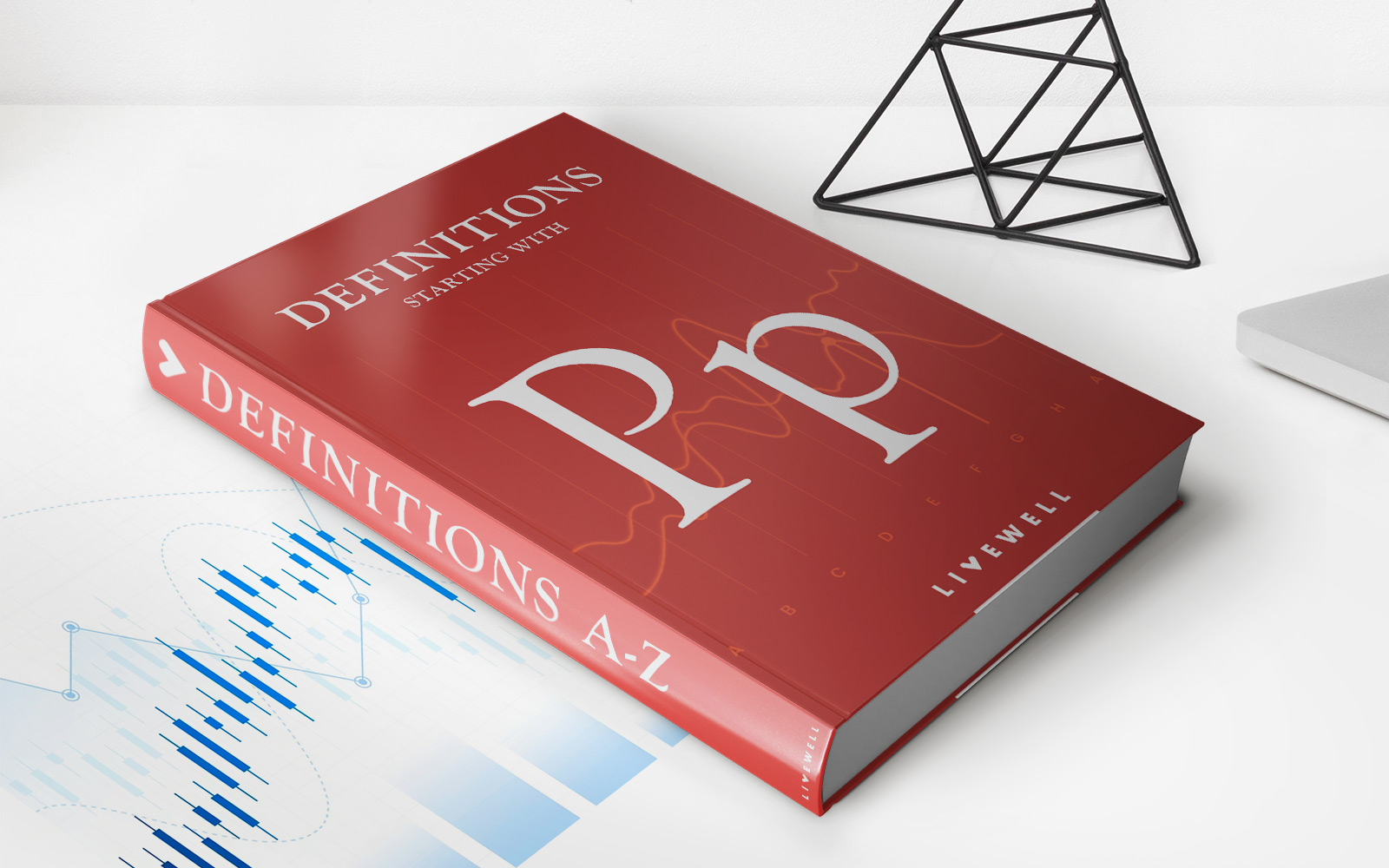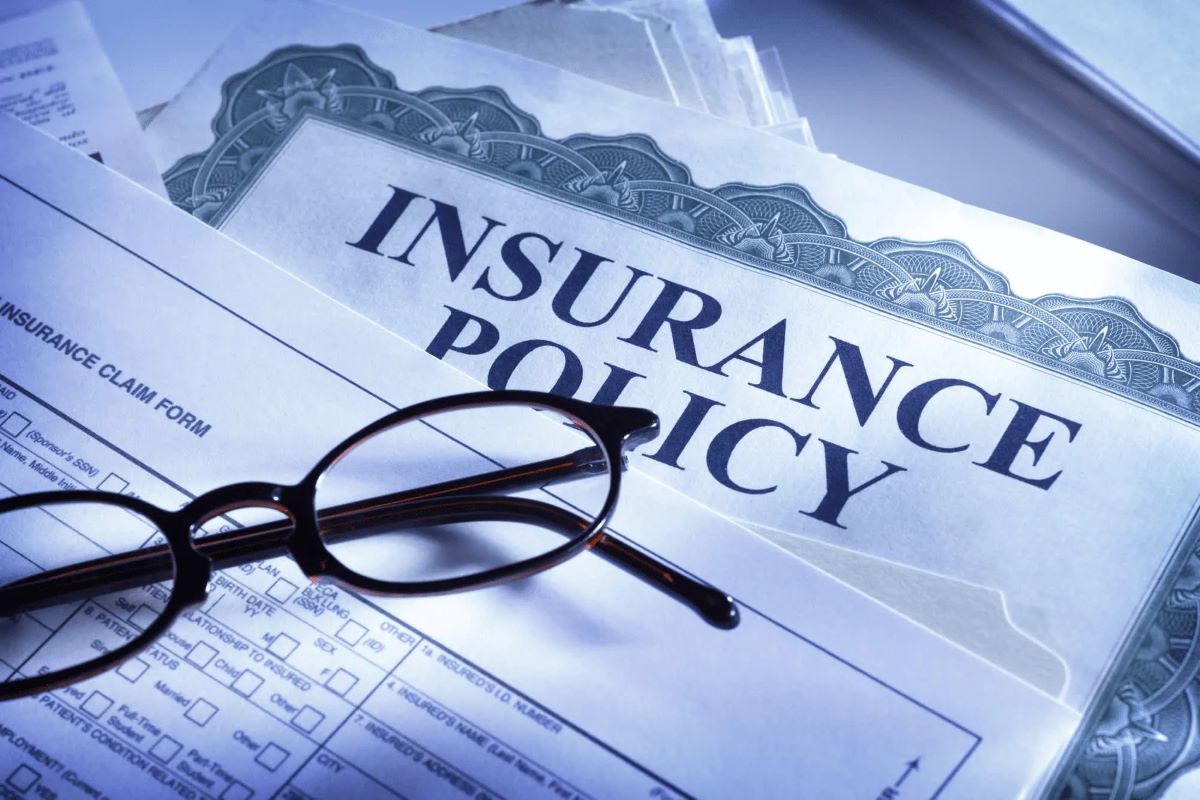

Finance
How Do Rehab Loans Work?
Modified: February 21, 2024
Learn how rehab loans work and how they can help you finance your home renovation projects. Find out the key details and benefits of using rehab loans for your financing needs.
(Many of the links in this article redirect to a specific reviewed product. Your purchase of these products through affiliate links helps to generate commission for LiveWell, at no extra cost. Learn more)
Table of Contents
**
Introduction
**
Rehab loans, also known as renovation loans, are a vital financial tool for individuals seeking to purchase a home in need of repair or to enhance the value of their current property through renovations. These loans offer a unique opportunity for borrowers to finance both the purchase price of the property and the cost of renovations in a single mortgage, streamlining the financing process and providing the necessary funds to revitalize distressed properties.
Rehab loans have gained popularity among homebuyers and real estate investors due to their flexibility and potential for significant returns on investment. As the housing market continues to evolve, understanding how rehab loans work and their various aspects is essential for those looking to embark on a home improvement journey or invest in properties with renovation potential.
In this comprehensive guide, we will delve into the intricacies of rehab loans, exploring the different types available, eligibility requirements, the application process, and the pros and cons associated with these financial products. Whether you are a first-time homebuyer or a seasoned real estate investor, this article aims to equip you with the knowledge needed to navigate the realm of rehab loans with confidence and clarity.
What Are Rehab Loans?
Rehab loans, short for renovation loans, are specialized financial products designed to provide funding for both the purchase of a property and the cost of renovating or rehabilitating it. These loans cater to individuals who are interested in purchasing homes in need of repair or existing homeowners looking to renovate or upgrade their properties. Rehab loans offer a convenient solution by combining the financing for the property purchase and the renovation expenses into a single loan, simplifying the borrowing process and minimizing the need for multiple loans or lines of credit.
One of the key features of rehab loans is their focus on financing the rehabilitation or improvement of a property, making them distinct from traditional mortgage loans. These loans recognize the potential of distressed or outdated properties and provide the necessary funds to transform them into modern, livable spaces. Whether it’s addressing structural issues, upgrading outdated features, or enhancing the overall aesthetic appeal, rehab loans serve as a catalyst for revitalizing properties and increasing their market value.
Rehab loans are not only beneficial for individual homebuyers but also play a significant role in revitalizing neighborhoods and communities. By facilitating the renovation of neglected or dilapidated properties, these loans contribute to the overall improvement of the housing market and the visual appeal of residential areas. They empower homeowners and investors to take on ambitious renovation projects that have the potential to elevate the quality and desirability of properties within their localities.
Understanding the nuances of rehab loans is essential for those considering property rehabilitation or seeking opportunities in the real estate market. In the subsequent sections, we will explore the different types of rehab loans, eligibility criteria, the application process, and the advantages and disadvantages associated with these financial instruments.
Types of Rehab Loans
Rehab loans come in various forms, each tailored to meet specific financing needs and property rehabilitation requirements. Understanding the different types of rehab loans is crucial for individuals seeking financial support for home renovations or property investments. Here are some common types of rehab loans:
1. FHA 203(k) Loan:
The Federal Housing Administration (FHA) offers the FHA 203(k) loan program, which is designed to facilitate the purchase or refinance of a property along with the cost of renovation. This loan is available to both homebuyers and existing homeowners, and it provides a single, long-term, fixed or adjustable-rate mortgage to finance both the acquisition and rehabilitation of the property.
2. Fannie Mae HomeStyle Renovation Loan:
The Fannie Mae HomeStyle Renovation loan is another popular option, allowing borrowers to finance the purchase or refinance of a home and the necessary renovations through a single mortgage. This loan program offers flexibility in terms of property types, including primary residences, second homes, and investment properties.
3. VA Renovation Loan:
For eligible veterans, the Department of Veterans Affairs (VA) offers the VA Renovation Loan, which provides financing for the purchase or refinance of a property and the associated renovation costs. This loan is specifically tailored to assist veterans in acquiring homes that require rehabilitation, ensuring that they can access suitable and livable housing options.
4. Conventional Rehab Loan:
Conventional rehab loans, offered by private lenders and financial institutions, provide financing for property purchase and rehabilitation, catering to borrowers who may not qualify for government-backed loan programs. These loans offer flexibility in terms of property eligibility and renovation scope, allowing borrowers to pursue a wide range of renovation projects.
Each type of rehab loan has its unique features, eligibility criteria, and terms, catering to diverse borrower profiles and property rehabilitation needs. By exploring the available options, borrowers can identify the most suitable rehab loan for their specific circumstances and embark on their renovation journey with confidence.
Eligibility for Rehab Loans
Before applying for a rehab loan, it’s essential to understand the eligibility requirements, as they play a pivotal role in determining the feasibility of securing financing for property rehabilitation. While the specific eligibility criteria may vary based on the type of rehab loan and the lender’s policies, certain fundamental factors are commonly considered when assessing a borrower’s eligibility:
Credit Score:
Lenders typically evaluate the creditworthiness of borrowers by assessing their credit scores. A higher credit score demonstrates a strong credit history and responsible financial behavior, which can enhance the likelihood of loan approval. However, some rehab loan programs may accommodate borrowers with lower credit scores by considering additional factors such as income and assets.
Income and Employment Stability:
Borrowers are required to demonstrate a stable source of income and employment to showcase their ability to repay the loan. Lenders assess the borrower’s income level, employment history, and future earning potential to gauge their financial stability and capacity to manage the loan obligations along with the property rehabilitation expenses.
Debt-to-Income Ratio:
The debt-to-income (DTI) ratio, which compares the borrower’s monthly debt payments to their gross monthly income, is a critical factor in determining loan eligibility. Lenders prefer borrowers with a lower DTI ratio, as it indicates a manageable level of debt relative to their income, reducing the risk of financial strain and default.
Property Eligibility:
Rehab loans are typically designated for properties in need of renovation or rehabilitation. Therefore, the property’s condition and the scope of the planned renovations play a significant role in determining its eligibility for a rehab loan. Lenders may conduct property assessments to evaluate its current state and the projected improvements to ensure that the proposed renovations align with the loan’s purpose.
Down Payment and Reserves:
Some rehab loan programs require a minimum down payment, and lenders may also consider the borrower’s reserves or savings when assessing eligibility. A higher down payment and sufficient reserves can strengthen the borrower’s financial position and demonstrate their commitment to the property and the renovation project.
It’s important for prospective borrowers to engage with lenders or mortgage professionals to gain a comprehensive understanding of the specific eligibility requirements for the desired rehab loan program. By meeting the eligibility criteria and preparing the necessary documentation, borrowers can position themselves for a successful application process and secure the financing needed to embark on their property rehabilitation endeavors.
How to Apply for a Rehab Loan
Applying for a rehab loan involves a series of steps aimed at evaluating the borrower’s financial readiness, assessing the property’s rehabilitation needs, and securing the necessary financing for the renovation project. Here’s a guide to navigating the application process for a rehab loan:
Educate Yourself:
Prior to initiating the application, it’s crucial to educate yourself about the available rehab loan programs, their eligibility criteria, and the documentation required for the application. Understanding the specific features and requirements of each loan type will empower you to make informed decisions and streamline the application process.
Consult with Lenders:
Engage with reputable lenders or mortgage professionals to discuss your intention to apply for a rehab loan. Lenders can provide valuable insights into the various loan programs, assess your eligibility, and guide you through the application requirements. They can also offer pre-qualification services, giving you an estimate of the loan amount you may qualify for based on your financial profile.
Property Assessment:
If you have identified a property for renovation, the lender may conduct a property assessment to evaluate its current condition and the scope of the planned renovations. This assessment is crucial for determining the property’s eligibility for the rehab loan and estimating the total cost of the rehabilitation project.
Prepare Documentation:
Gather the necessary documentation, including income verification, employment history, tax returns, bank statements, and credit reports. The specific documentation requirements may vary based on the loan program and the lender’s policies. Having these documents organized and readily available will expedite the application process.
Submit the Application:
Complete the loan application provided by the lender, ensuring that all required information and documentation are accurately provided. The application will include details about the property, the renovation plans, your financial information, and any additional documentation requested by the lender.
Loan Processing and Approval:
Once the application is submitted, the lender will initiate the loan processing, which involves verifying the provided information, assessing the property’s eligibility, and evaluating the feasibility of the renovation project. If the application meets the lender’s criteria and the property is deemed suitable for the rehab loan, the lender will proceed with the underwriting process and issue a loan decision.
Closing and Disbursement:
If the loan application is approved, the closing process will be initiated, during which the final loan terms are reviewed, and the necessary legal documentation is signed. Following the closing, the loan funds will be disbursed, allowing you to commence the property rehabilitation as per the approved renovation plans.
By following these steps and collaborating closely with the lender, you can navigate the rehab loan application process efficiently and position yourself to access the financing needed to transform a distressed property into a valuable asset.
Pros and Cons of Rehab Loans
Rehab loans offer a range of benefits and considerations that borrowers should carefully weigh when contemplating property rehabilitation or renovation projects. Understanding the advantages and potential drawbacks of these financial products is essential for making informed decisions. Here are the pros and cons of rehab loans:
Pros:
- Streamlined Financing: Rehab loans provide a consolidated financing solution, combining the property purchase and renovation costs into a single mortgage, simplifying the borrowing process and minimizing the need for multiple loans or credit lines.
- Property Transformation: These loans enable borrowers to revitalize distressed properties, unlock their potential, and increase their market value through renovations, ultimately creating modern and desirable living spaces.
- Potential for Profit: Rehabilitating a property using a rehab loan can lead to a substantial increase in its market value, potentially yielding significant returns on investment for homeowners and real estate investors.
- Community Impact: By facilitating the renovation of neglected properties, rehab loans contribute to the overall improvement of neighborhoods and communities, enhancing the visual appeal and desirability of residential areas.
- Flexible Eligibility: Some rehab loan programs offer flexibility in terms of credit score requirements and property eligibility, accommodating a broader range of borrowers and renovation projects.
Cons:
- Stringent Approval Process: Rehab loans may involve a more rigorous approval process compared to traditional mortgage loans, requiring thorough property assessments and detailed renovation plans to ensure compliance with the loan’s purpose.
- Renovation Challenges: Managing a renovation project can be complex and time-consuming, requiring careful planning, coordination with contractors, and adherence to local building codes and regulations.
- Financial Commitment: Undertaking a property rehabilitation project with a rehab loan necessitates a significant financial commitment, including the down payment, renovation costs, and ongoing mortgage payments, which can strain the borrower’s financial resources.
- Market Volatility: The potential for market fluctuations and unexpected renovation expenses poses a degree of financial risk, as property values and renovation costs may vary throughout the course of the project.
- Property Condition: Rehab loans are designed for properties in need of renovation, and borrowers must ensure that the planned renovations align with the loan program’s requirements and contribute to the property’s overall improvement.
By carefully evaluating the pros and cons of rehab loans, borrowers can make informed decisions regarding their suitability for property rehabilitation projects and navigate the associated challenges with confidence and foresight.
Conclusion
Rehab loans serve as a valuable resource for individuals and investors looking to breathe new life into distressed properties and embark on renovation endeavors. These financial products offer a unique opportunity to streamline the financing of property purchases and rehabilitation, empowering borrowers to transform outdated or neglected properties into modern, desirable homes.
As the housing market continues to evolve, the relevance of rehab loans in revitalizing neighborhoods and communities cannot be overstated. By leveraging these loans, homeowners and real estate investors can contribute to the overall improvement of residential areas, enhancing the visual appeal and market value of properties while meeting the evolving housing needs of communities.
While rehab loans present a range of benefits, it’s crucial for borrowers to approach property rehabilitation with careful consideration and thorough planning. Assessing the eligibility criteria, understanding the renovation process, and weighing the potential risks and rewards are essential steps in leveraging rehab loans effectively.
Ultimately, the decision to pursue a rehab loan and undertake a property rehabilitation project should be informed by a comprehensive understanding of the loan options, the property’s renovation needs, and the borrower’s financial readiness. By embracing the opportunities presented by rehab loans and navigating the associated challenges with diligence and foresight, borrowers can embark on renovation journeys that not only enhance individual properties but also contribute to the overall improvement and sustainability of residential communities.
Whether it’s breathing new life into a historic home, revitalizing a neglected neighborhood, or investing in the potential of distressed properties, rehab loans offer a pathway to realizing the transformative power of property rehabilitation. By embracing these opportunities, borrowers can contribute to the ongoing evolution and enhancement of the housing landscape, one renovation project at a time.














